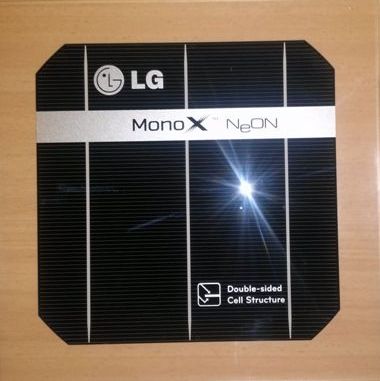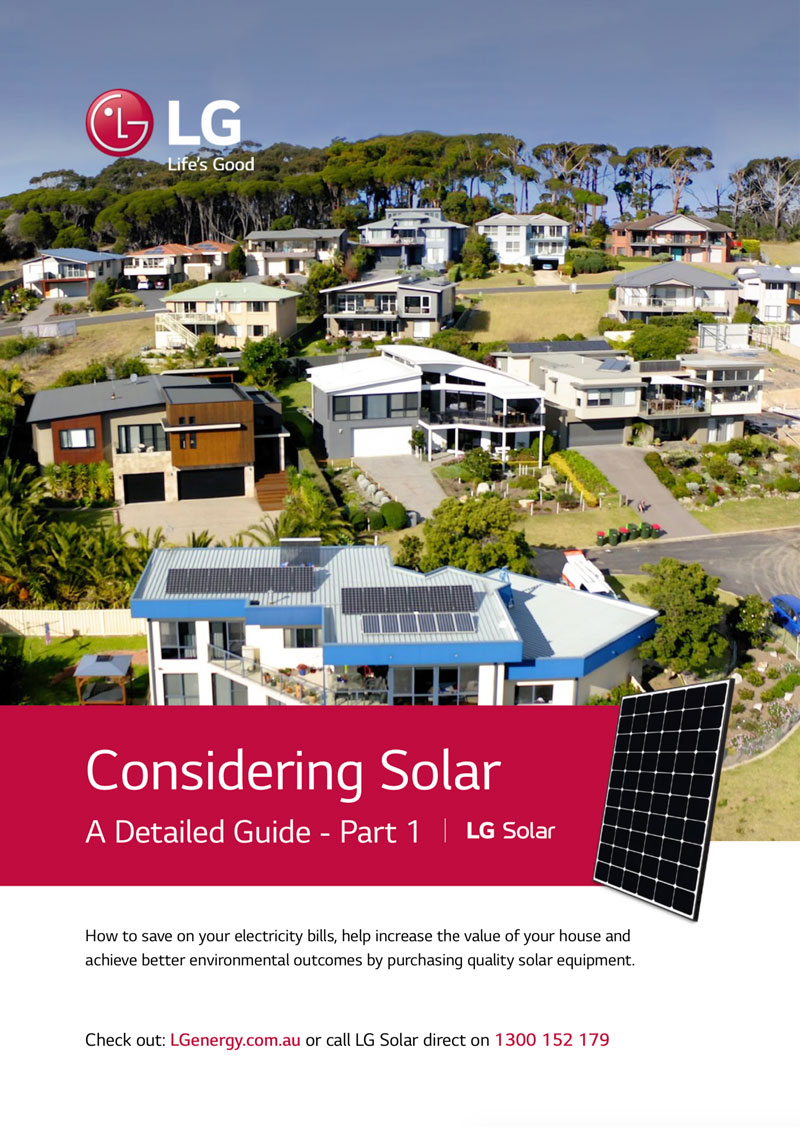What is the history of solar power and humans?
You may be surprised to know that humans have been using the suns energy since the 7th century BC. Its earliest known use was to through magnification (using glass) to light fires and in 212BC Archimedes used bronze shields to set fire to wooden ships.
Roman bathhouses used large windows to warm their floors in the 4th century and the North American Anasazi people knew that facing their cliff homes towards the sun would help keep them warm too. In the 6th century the Justinian Code initiated “sun rights” to protect individual access to the suns energy.
By 1767 a Swiss scientists named de Saussure made what is believed to be the world’s first solar collector (a basic solar oven) and by 1816 Robert Stirling had lodged a patent for a heat driven engine which would later be heated by the sun to produce electricity.
However, Antoine Lavoisier first identified how the photovoltaic effect (photo meaning "light" and voltaic meaning "electricity") affected silicon in 1787 and it was later noted by Jöns Jacob Berzelius in 1824 in Sweden. Our modern solar energy really started in 1839 when Edmond Baquerel discovered the Photovoltaic effect (meaning light energy) while experimenting with metal electrodes in an electricity conducting solution.
The remainder of the 1800’s and early 1900’s was saw many new solar energy inventions discovered including the discovery of many new materials that were photo-conductive such as selenium, copper and cuprous oxide, and cadmium sulphide.
By 1954 Bell Laboratory’s had developed silicon solar cells which could convert around 4% of sunlight into usable electricity suitable for running small appliances and soon afterwards launched solar powered portable radios to the mass market.
With the cold war driving the space race, research into solar for powering satellites drove the fledgling solar industry with big leaps in performance from a number of companies. The first solar powered satellite was launched in 1959 (the Explorer VI). By 1963 the world’s largest earth based solar system had been installed on a lighthouse with a huge 242Watt solar array worth hundreds of thousands of dollars.
By the 1970’s the cost of solar had plummeted from around $100 per Watt to around $20 per Watt and was being regularly used for navigational aids, offshore fog horns and other remote applications. By 1977 500kW of solar panels were made around the world by a small number of specialized companies; by 1982 this had grown to 9300kW and by the end of 1983 it was 21,300kw each year.
In 1985, Australia was leading the world and set a new record for conversion efficiency at the University of New South Wales, converting 20% of the suns light into energy in the laboratory.
Today the world produces around 40,000,000kW of solar panels each year and typical solar panels are around 16% efficient.
The physics 101 of solar power

Although many materials exhibit the photovoltaic effect to varying degrees, silicon has become the preferred material because it is relatively inert, it is one of the most abundant elements in the earth’s crust (>25% by weight) and is relatively low cost.
The solar industry uses very pure forms of silicon to make solar cells, sourced from the same facilities that supply the semi-conductor industry to make computer chips. The raw material is sand or quartz which contains silica and is processed to form high purity silicon amongst a suite of other products.
In its crystalline form, silicon has some unique chemical properties. At the most basic level, a silicon atom has fourteen electrons, in three different shells. The first two shells, which hold two and eight electrons respectively, are completely full. The outer shell is only half full however and has just four electrons.
The great thing about silicon atoms is that they always look for ways to fill up the last shell; it’s just one of the wonders of physics. To do this it will share electrons with four nearby atoms and that's what forms the basic crystalline lattice.
However, pure crystalline silicon is actually a pretty poor electrical conductor because its electrons can’t move about freely. Over the decades however, scientists have learned that by adding impurities (in the form of other atoms of phosphorous and boron) we can address this issue and free up the ability of electrons to move about.
When we add phosphorous to silicon it is called N-type ("n" for negative) because of the prevalence of free electrons. N-type silicon is a much better conductor than pure silicon. When we add boron, which has only three electrons in its outer shell instead of four, we create P- type ("p" for positive) silicon. Instead of having free electrons, P- type silicon has free openings and carries the opposite (positive) charge. Thus, it is the careful combination of these elements that creates a recipe that is just right for electrons to move around and plenty of places for them to re-combine more freely.
When treated silicon is exposed to sunlight, invisible photons bombard and penetrate the silicon causing electrons to break free of their bonds and leave their atoms, randomly bouncing around the crystalline lattice looking for another hole to fall into, and all the while carrying just a little bit of energy.
It is this energy, released each time an electron moves or re-combines that we can capture and convert into a flow of electricity. Crystalline solar cells are then (typically) connected together using conductive pastes screen printed onto the cell, then connected together using flat conductors and all neatly assembled between plastics and glass. They are sandwiched together using heat and pressure, then framed, electrical output cables fitted and that’s how you make a solar panel.

